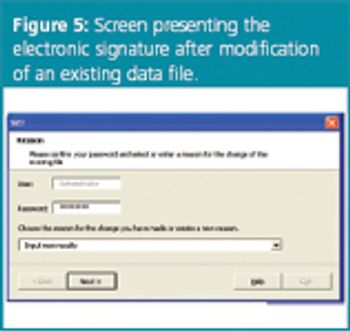
A systematic approach to developing drug impurity profiling methods.

A systematic approach to developing drug impurity profiling methods.

In this Practical Data Handling column, method development for drug impurity profiling is discussed.

Part two of the column on response surface designs looks at data analysis and various approaches to simultaneously optimize multiple responses

Experimental designs are used in method development and robustness testing and have been discussed in an earlier article.1 An experimental design is an experimental set-up that allows the simultaneous examination of a predefined number of factors in a predefined number of experiments. Method development is often divided into a screening and an optimization step. During the first step, many factors, potentially affecting the method, are screened to determine the most important factors, which are then further optimized.1

Screening for important factors during method optimization or in robustness testing involves two-level screening designs, such as fractional factorial and Plackett–Burman designs, as described in Part 1. This second part on screening designs discusses the experimental protocol for executing these designs and the data analysis of their results.

Screening designs are used to screen for important factors during method optimization or in robustness testing. Usually, two-level screening designs, such as fractional factorial and Plackett–Burman designs, are applied. This column discusses the properties of these designs.

In a good laboratory practice (GLP) environment, data-handling software cannot be used until it is validated. This even applies to the most simple program that performs calculations or stores data. A detailed documentation of the set-up and the performance of the software - called software validation - is required. The development and validation requirements are described in this article and illustrated with a software for robustness testing (SRT), which guides the user step-by-step through the experimental set-up and interpretation of robustness tests. This software was developed in an Excel (Windows XP) environment and is used as part of method validation in laboratories that require compliance with GLP and 21 CFR Part 11. The software was subjected to software validation regulations and is compliant with electronic records and signature rules (21 CFR Part 11) as it creates, delivers and stores electronic data. The validation tests are based on the computerized system validation (CSV) -..

The robustness/ruggedness of an analytical procedure is a measure of its capacity to remain unaffected by small but deliberate variations in method parameters.

Published: November 1st 2010 | Updated:

Published: December 1st 2009 | Updated:

Published: April 1st 2010 | Updated:

Published: May 1st 2009 | Updated:

Published: October 1st 2007 | Updated:

Published: February 1st 2008 | Updated: